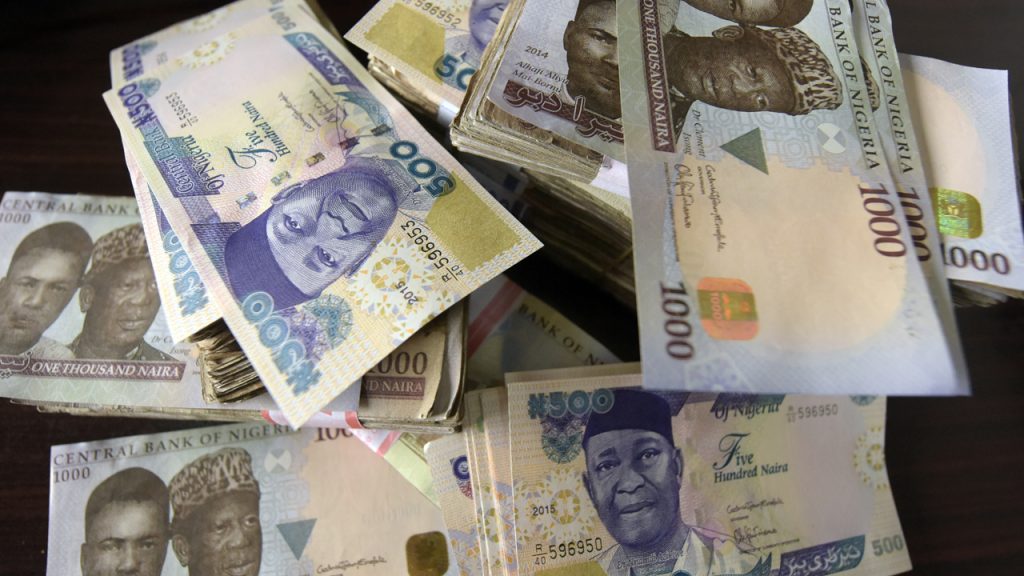Nigeria’s monetary landscape is experiencing a surge in liquidity, indicated by a significant increase in the broad money supply (M3) to N110.98 trillion in January 2025. This represents a substantial 17.3% year-on-year growth from N94.61 trillion in January 2024. The rise in M3, a comprehensive measure of money circulating in the economy, is primarily driven by increases in both net foreign assets (NFA) and net domestic assets (NDA). This expansion in liquidity comes at a crucial juncture as the Monetary Policy Committee (MPC) convenes to deliberate on interest rate adjustments amidst persistent inflationary pressures. The MPC’s decision will be highly consequential, shaping the trajectory of monetary policy throughout 2025 and significantly impacting Nigeria’s economic outlook.
The substantial increase in NFA to N35.39 trillion in January 2025, a 19% year-on-year rise, signals positive developments in Nigeria’s external sector. This growth can be attributed to factors such as improved external reserves, increased capital inflows attracted by potentially higher interest rates or investment opportunities, and a more favorable trade balance. Concurrently, NDA also experienced a notable expansion, growing by 16.5% year-on-year to reach N75.59 trillion. This rise suggests increased government borrowing, potentially to finance development projects or address budget deficits, alongside growth in private sector credit and overall financial sector liquidity. The combined effect of these increases in NFA and NDA directly contributes to the overall expansion of M3, painting a picture of heightened financial activity within the Nigerian economy.
The continuous growth in money supply throughout the latter half of 2024, with M3 reaching N108.97 trillion in November and N109.41 trillion in September before peaking in January 2025, underscores the sustained liquidity build-up. This upward trend presents a complex challenge for the MPC, forcing them to carefully weigh the potential consequences of their policy decisions. The MPC must strike a delicate balance between containing inflationary pressures and supporting economic growth. An excessive money supply can fuel inflation by increasing consumer purchasing power, leading to a rise in demand that outpaces supply and drives up prices. Conversely, overly restrictive monetary policy, such as high interest rates, can stifle economic activity by discouraging borrowing and investment.
The upcoming MPC meeting takes place against a backdrop of evolving inflation dynamics. While Nigeria’s headline inflation rate remains elevated at 24.48% in January 2025, this figure reflects a recalculated Consumer Price Index (CPI) following a rebasing exercise. The previous methodology reported a higher rate of 34.80% in December 2024. This rebasing introduces a degree of uncertainty into the interpretation of inflation trends, requiring the MPC to carefully assess the underlying price pressures and the potential impact of the rebased CPI on future inflation projections. Furthermore, the MPC’s decision will be influenced by previous policy actions, including the six consecutive rate hikes implemented throughout 2024, culminating in a 25-basis-point increase to 27.50% at the last meeting. These previous tightening measures aimed to curb inflation but also raise concerns about their potential negative impact on economic growth.
Conflicting perspectives on the appropriate policy response further complicate the MPC’s decision-making process. While the CBN’s previous tightening cycle sought to address inflationary pressures, the recent moderation in inflation under the rebased CPI has prompted calls for a pause in further rate hikes. Economic analysts and business groups argue that continued monetary tightening could hinder economic recovery by increasing borrowing costs and discouraging investment. For instance, the Centre for the Promotion of Private Enterprise (CPPE) has urged the CBN to prioritize fiscal policy interventions to address inflation, arguing that further interest rate increases could stifle economic growth at a time when businesses require access to affordable credit. This perspective emphasizes the potential trade-off between inflation control and economic growth, highlighting the need for a nuanced approach to monetary policy that considers the broader economic context.
The MPC faces a critical decision that will have significant ramifications for Nigeria’s economy. The elevated money supply suggests ample liquidity in the financial system, which could potentially fuel further inflation. Conversely, aggressive tightening measures could stifle economic growth by increasing borrowing costs and reducing investment. The MPC must carefully weigh these competing factors, considering the recent rebasing of the CPI and its implications for inflation projections, alongside the potential impact of further interest rate adjustments on businesses and overall economic activity. The decision will set the tone for monetary policy in 2025, influencing inflation, exchange rates, and the broader economic environment. Navigating this complex landscape requires a balanced approach that effectively addresses inflationary concerns while supporting sustainable economic growth.


